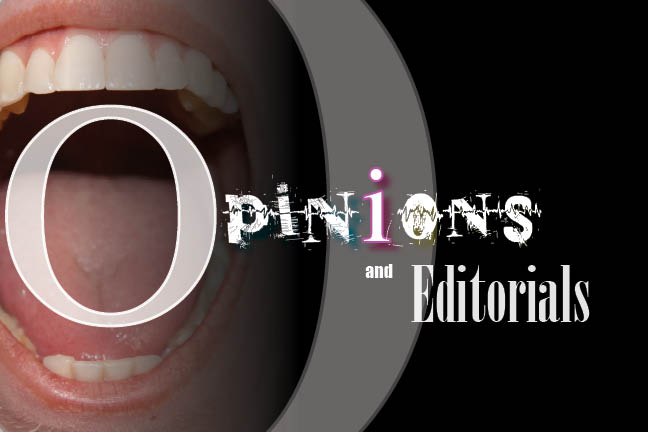The beauty of the Pursuit of Happiness is that no matter who you are, where you live, what you know, when you were born, or who you love, you can be happy. True happiness is above the five W’s and so are you. Learn how to find happiness in the good and bad times of life. Believe it. Read it. Be happy.

Joe Douglas
– Editor-In-Chief –
Having the ability to work with other people is the most useful skill in the workplace. Dealing with difficult personalities, peoples’ bad habits, and misunderstandings are all part of working in groups. Working comfortably in a group of different people is a difficult skill to learn, but will make teamwork in the future much more fulfilling.
There are between two and 16 ways to classify peoples’ personalities. There are type A and type B personalities, the ABO blood type theory of modern Japan, the Four Temperaments, the Enneagram of Personality and the Myers-Briggs 16 personality type profiles. There are countless ways to organize personalities so people can understand one another and understand oneself.
The Myers-Briggs is the best and most recognized personality indicator available. There are 16 different personalities categorized by the letters E or I, S or N, T or F, and J or P. Each combination represents a different personality with different strengths and weaknesses. Businesses today use this scale to gauge who will work best with whom and how to mentally prepare teams.
Much of the time, though, people have to work in groups with someone they dislike. At some point, everyone has to do it. When it comes to that point, it helps to have a skill set prepared.
When beginning a project with a new team or group, think about the people in it. Which personalities will be the most difficult to work with? Which will be the easiest? Which are energy drainers? Energy producers? Everyone has different preferences; it’s based on their personality type.
There are so many personalities in the world that it’s impossible to make everyone conform to the same type. Don’t try to change people, no matter how annoying or draining someone can be.
The first step to working harmoniously in a team is generating awareness. Upon working in a new group, perform an ice-breaker activity or have everyone talk and get to know each other. This helps break down defensiveness and creates understanding, but it also builds rapport between members.
Second, identify the personalities or qualities that could pose a problem in working in that group, if any. Don’t judge anyone or make assumptions. Objectively focus on stressful behaviors.
Third, respond to stressful personalities/behaviors by changing one’s attitude first. Practice patience, be understanding, and focus on the productive qualities of that person’s personality instead of the annoying or frustrating ones.
Taking a personality test beforehand may make performing these steps much easier. I suggest taking the Myers-Briggs test, which is available through the advising and counseling department in Clark Hall.
Lastly, the key to working with anyone in any group setting is compassion. Everyone deserves an opportunity to exercise their personality and everyone has his or her own strengths and weaknesses.
If the personality or habit affects an entire team, though, it is either the team leader’s responsibility or the group members’ responsibility (if there is no designated leader) to address the source of the issue.
There are several personalities in the world. Learning to work with each of them is one of the best skills anyone can develop.










